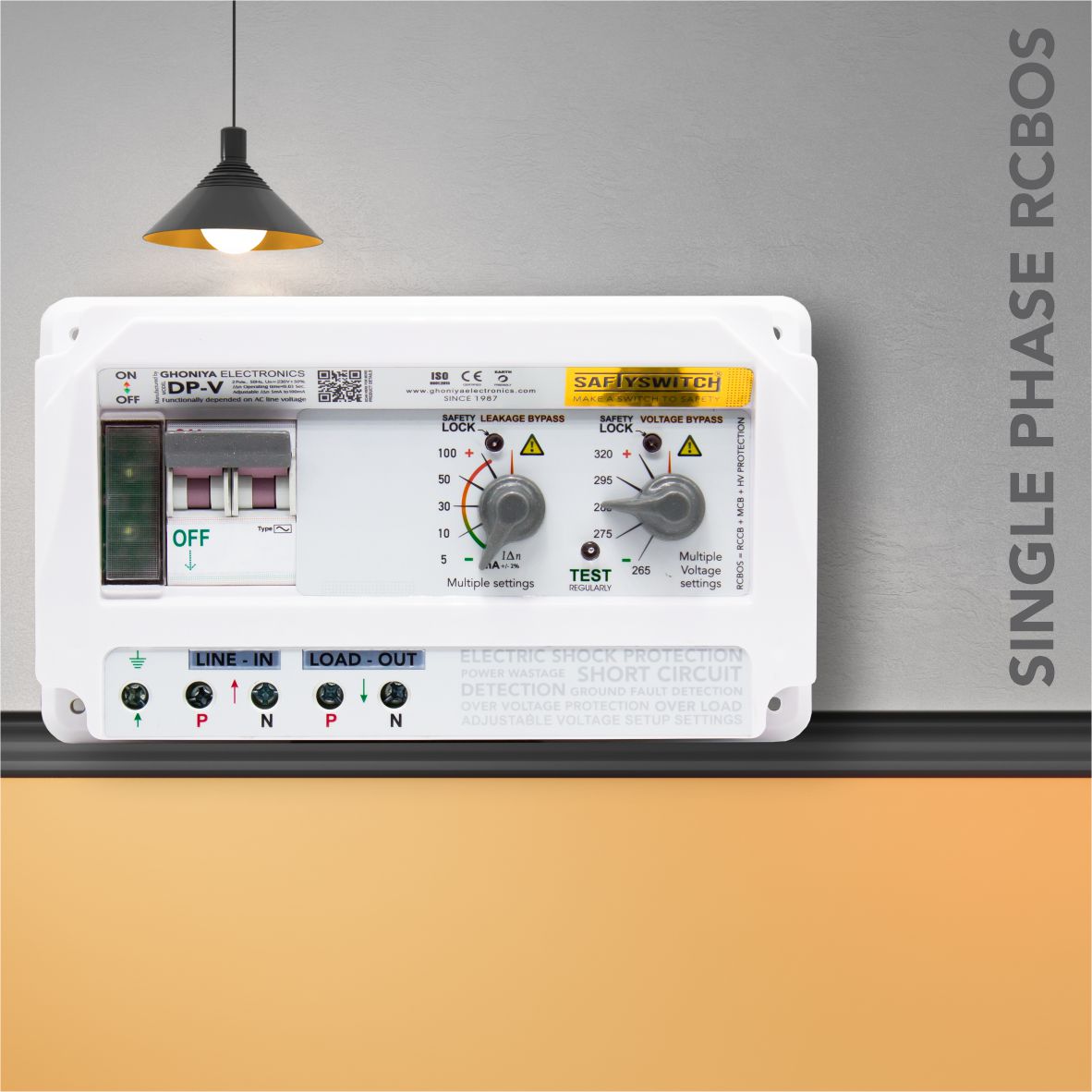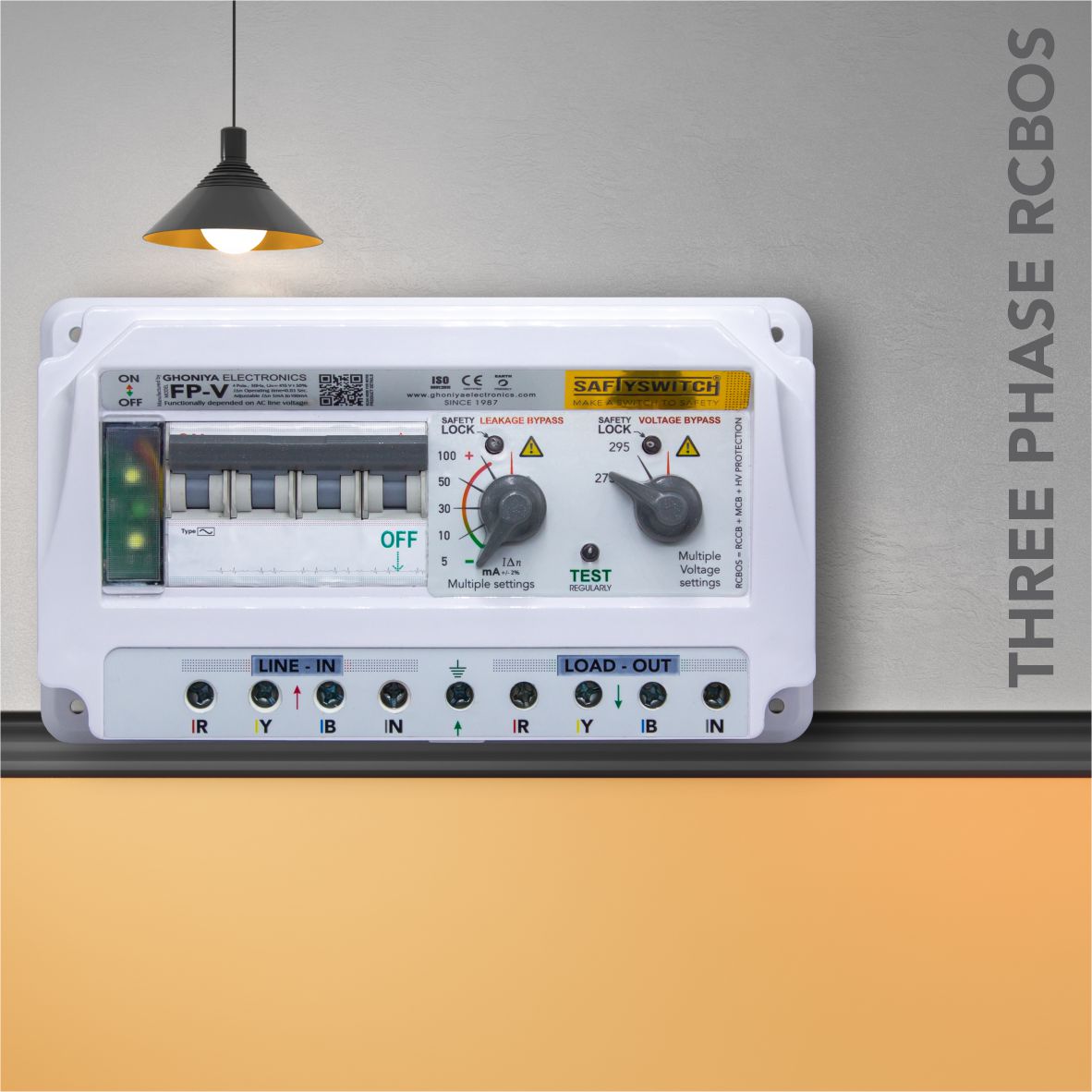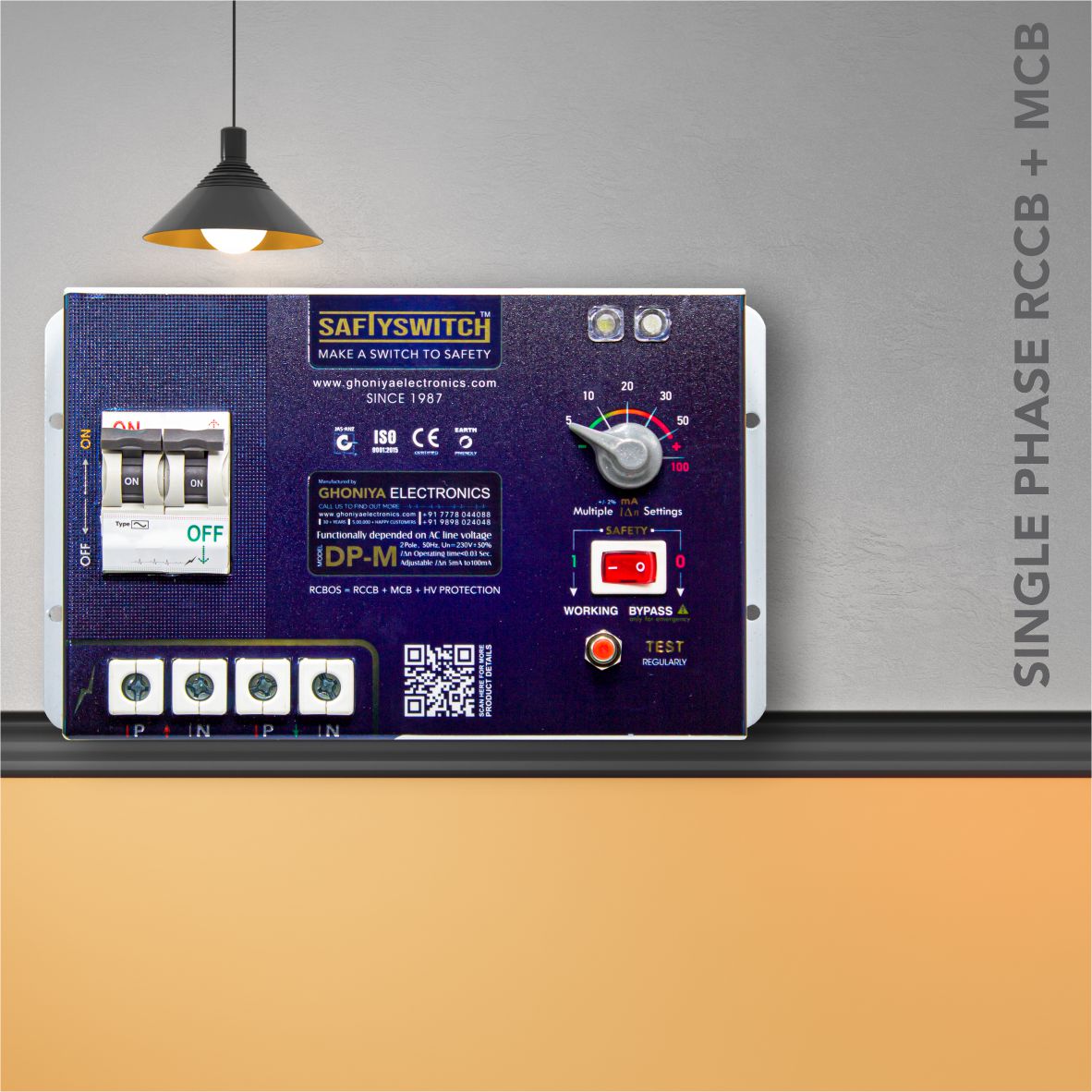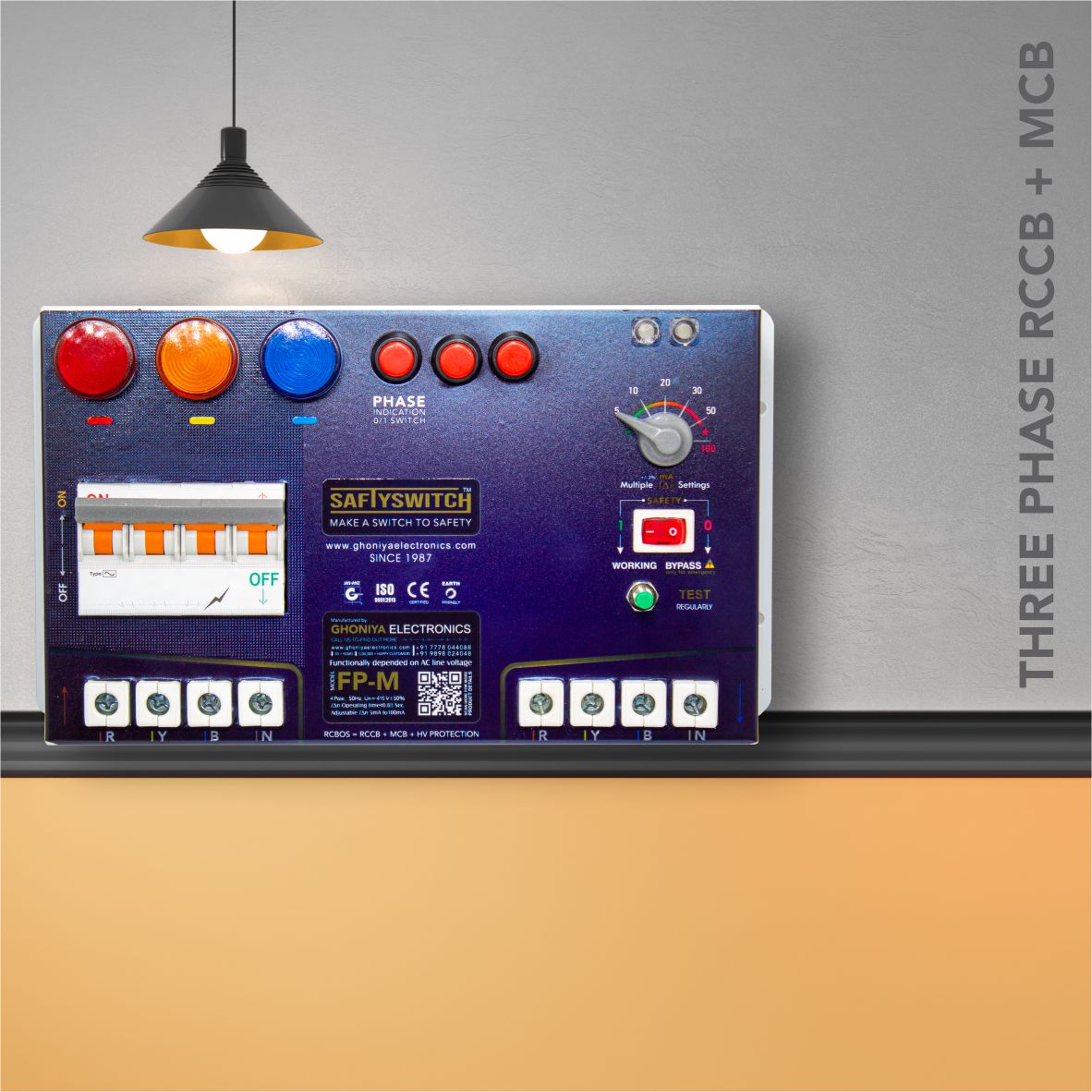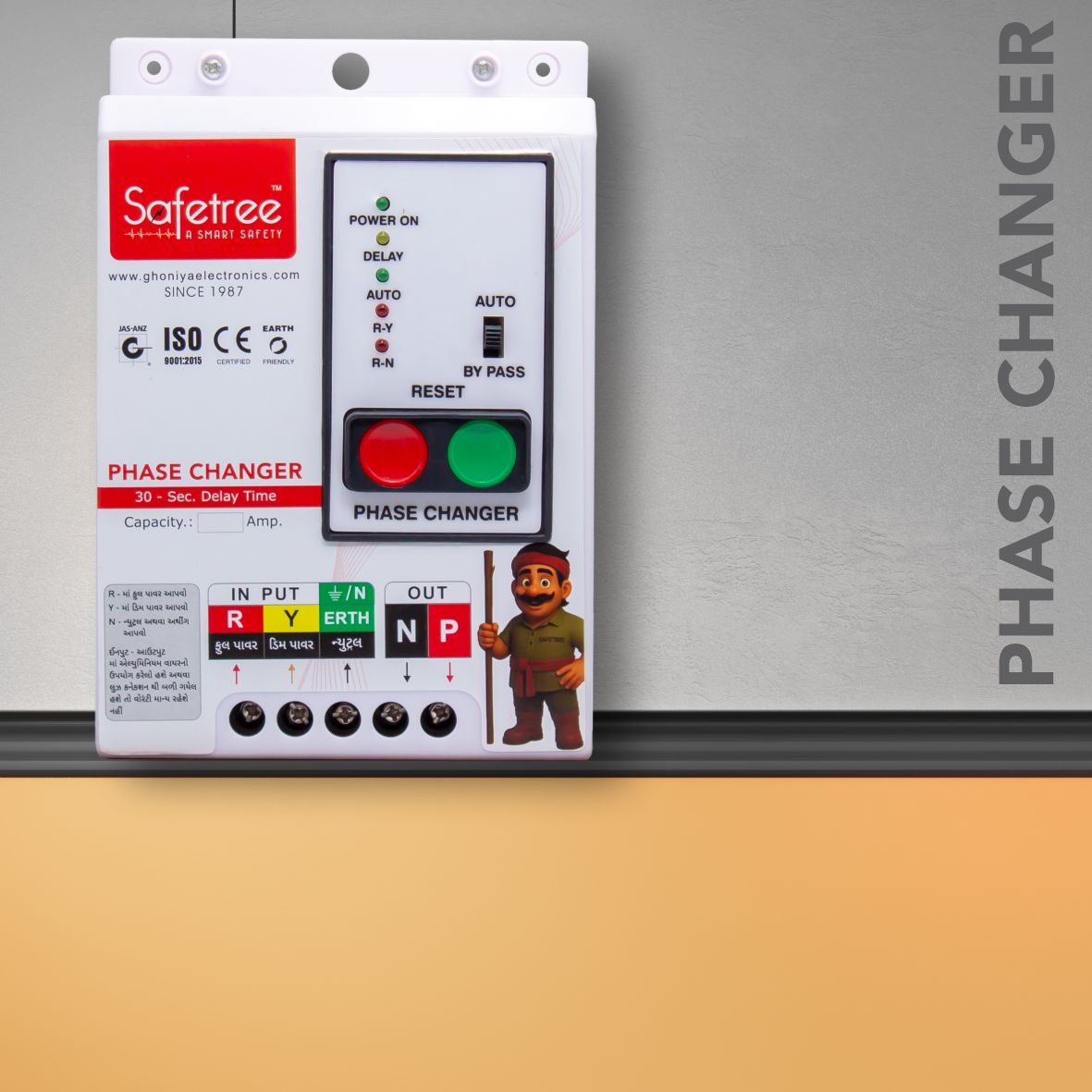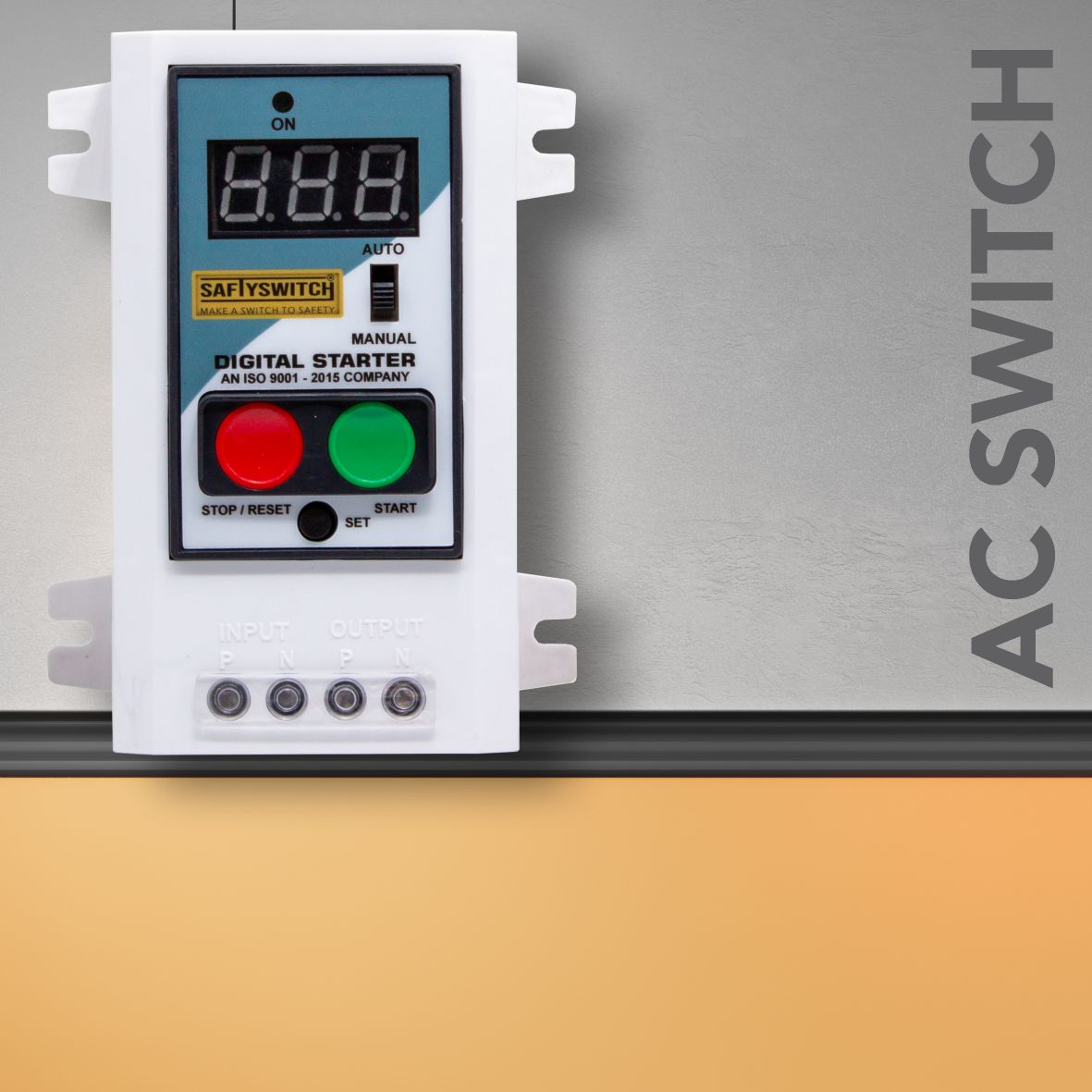RCCB (Residual Current Circuit Breaker) is a critical safety device used in electrical systems to protect people from electric shocks and prevent electrical fires. It is designed to immediately disconnect a circuit when it detects an imbalance in the current between the live (phase) and neutral wires.
How RCCB Works:
- Normal Operation: In a properly functioning circuit, the current flowing through the live wire should equal the current returning through the neutral wire.
- Fault Detection: If there is any leakage of current, such as when electricity flows through a person (e.g., in case of an electric shock) or through faulty insulation, the RCCB detects the difference (called residual current).
- Trip Mechanism: When the difference exceeds a preset threshold (often 30mA for human protection), the RCCB trips and cuts off the electricity supply to the circuit, preventing serious harm or damage.
Key Features:
- Protection from Electric Shock: If a person accidentally comes into contact with a live wire, the RCCB will sense the leakage current and immediately disconnect the power.
- Fire Prevention: RCCBs can help prevent electrical fires by detecting current leaks caused by faulty wiring or equipment.
- Leakage Sensitivity: RCCBs come with different sensitivity levels (e.g., 10mA, 30mA, 100mA) depending on the application, making them suitable for both domestic and industrial uses.
Types of RCCBs:
- 2-Pole RCCB: For single-phase connections (live and neutral).
- 4-Pole RCCB: For three-phase connections (three live wires and one neutral).
Benefits of RCCB:
- Enhanced safety for humans: By preventing electrical shocks.
- Equipment protection: Prevents damage to appliances due to leakage currents.
- Fire prevention: Reduces the risk of electrical fires caused by faulty wiring.
In summary, RCCBs are essential components in modern electrical safety systems, providing crucial protection from electrical shocks and fire hazards.4o

